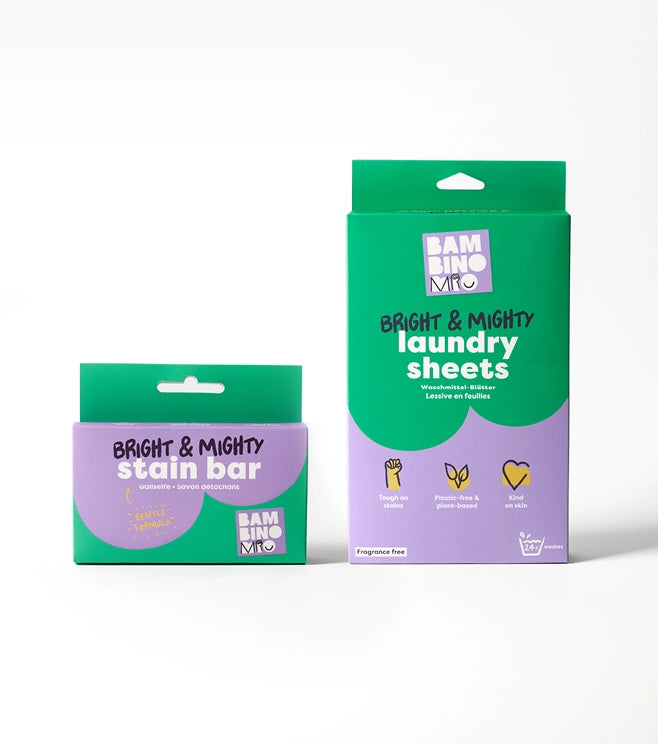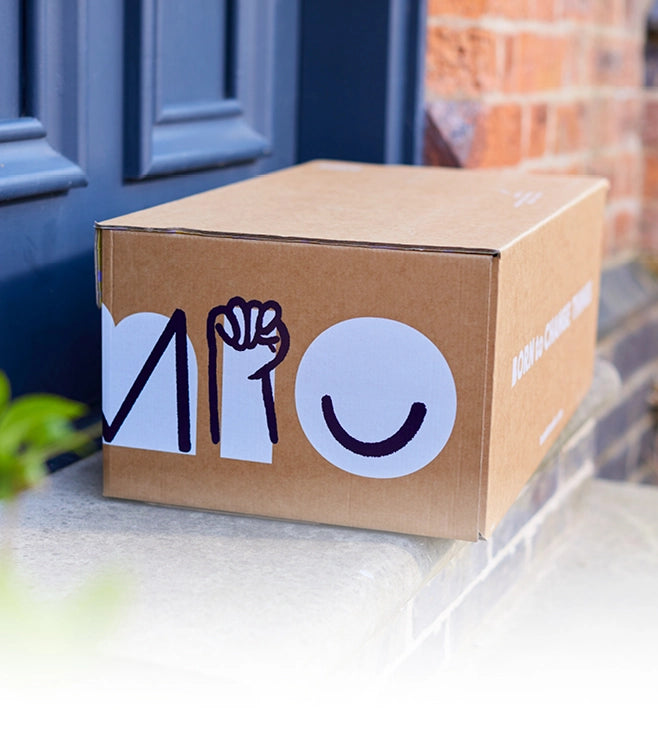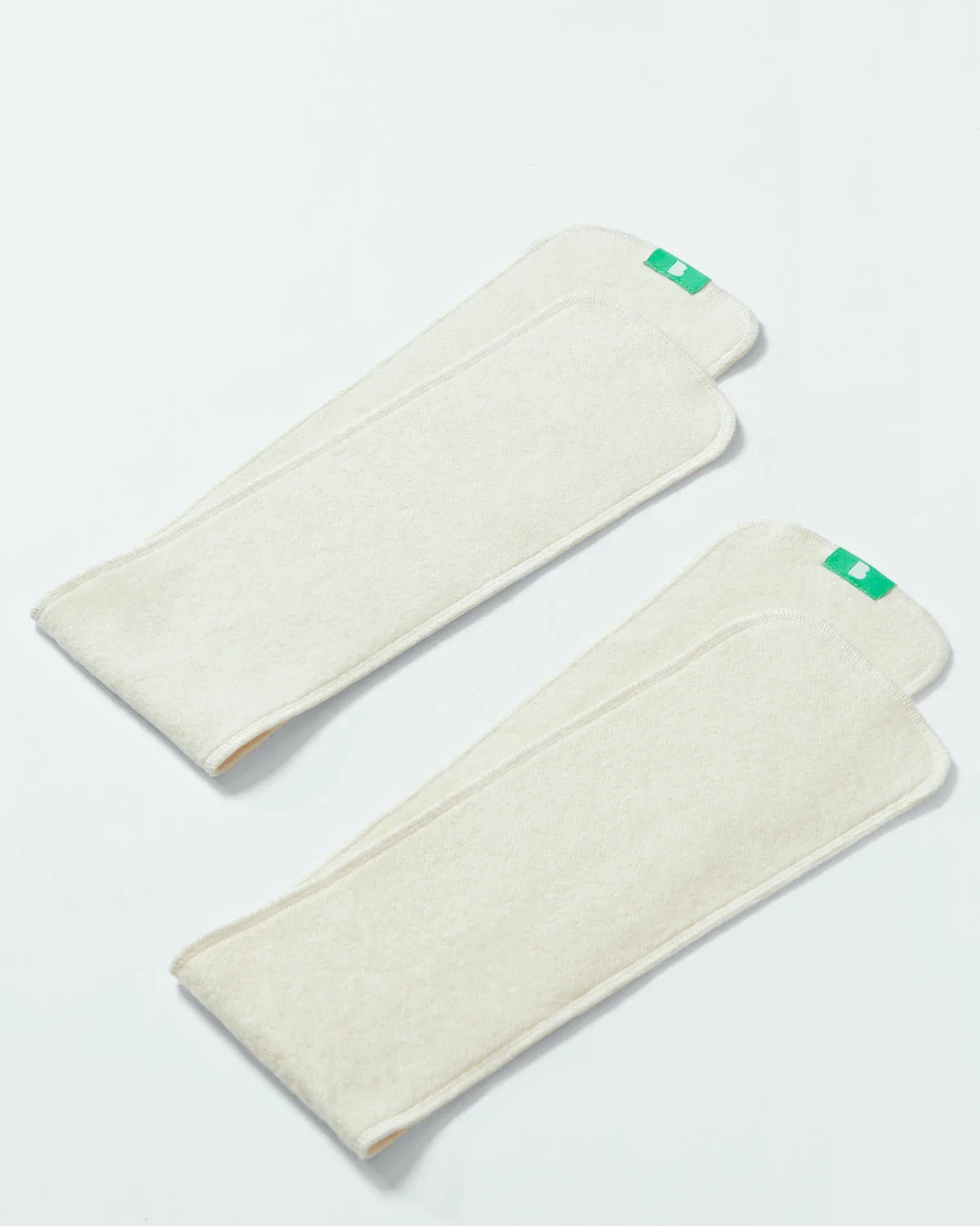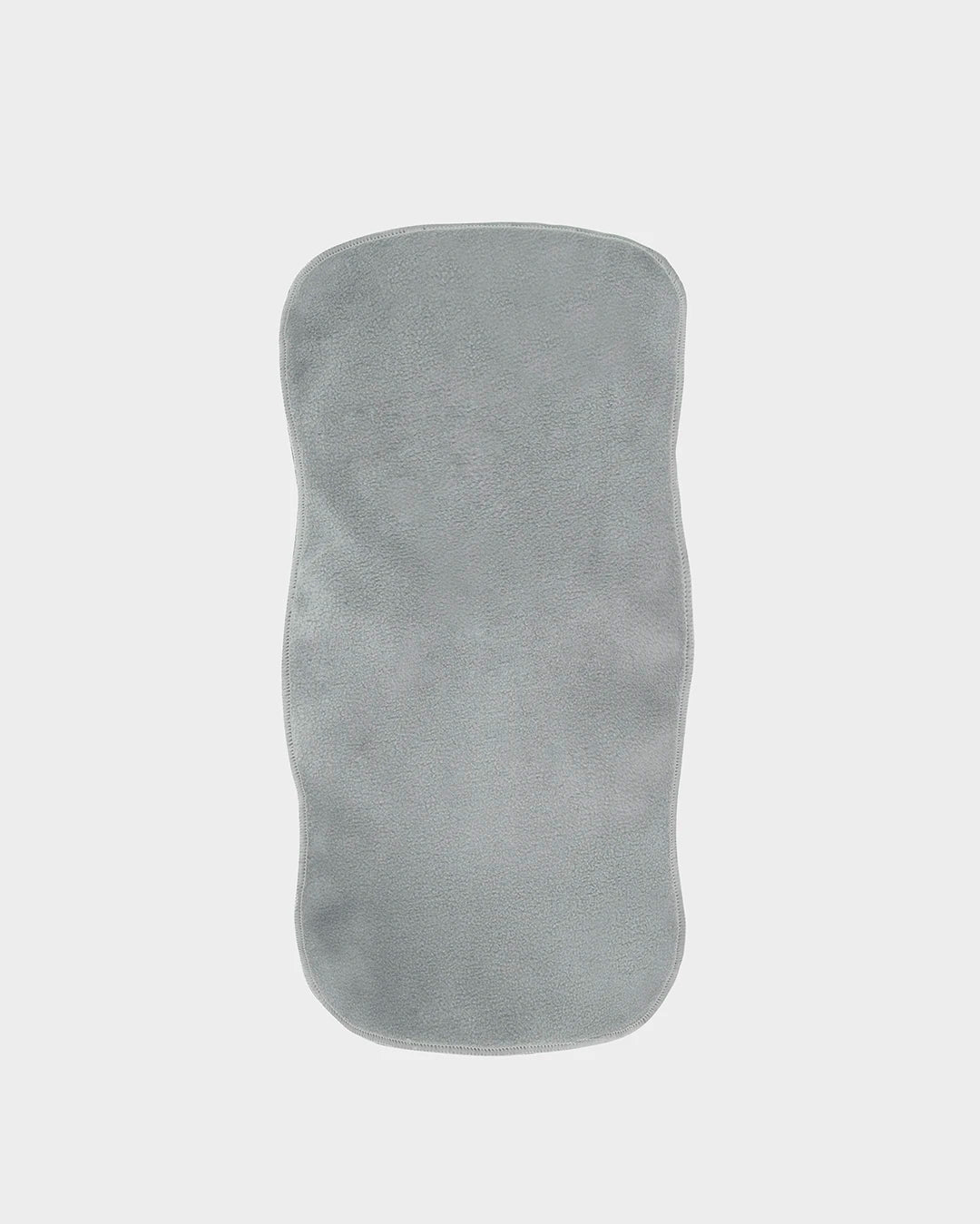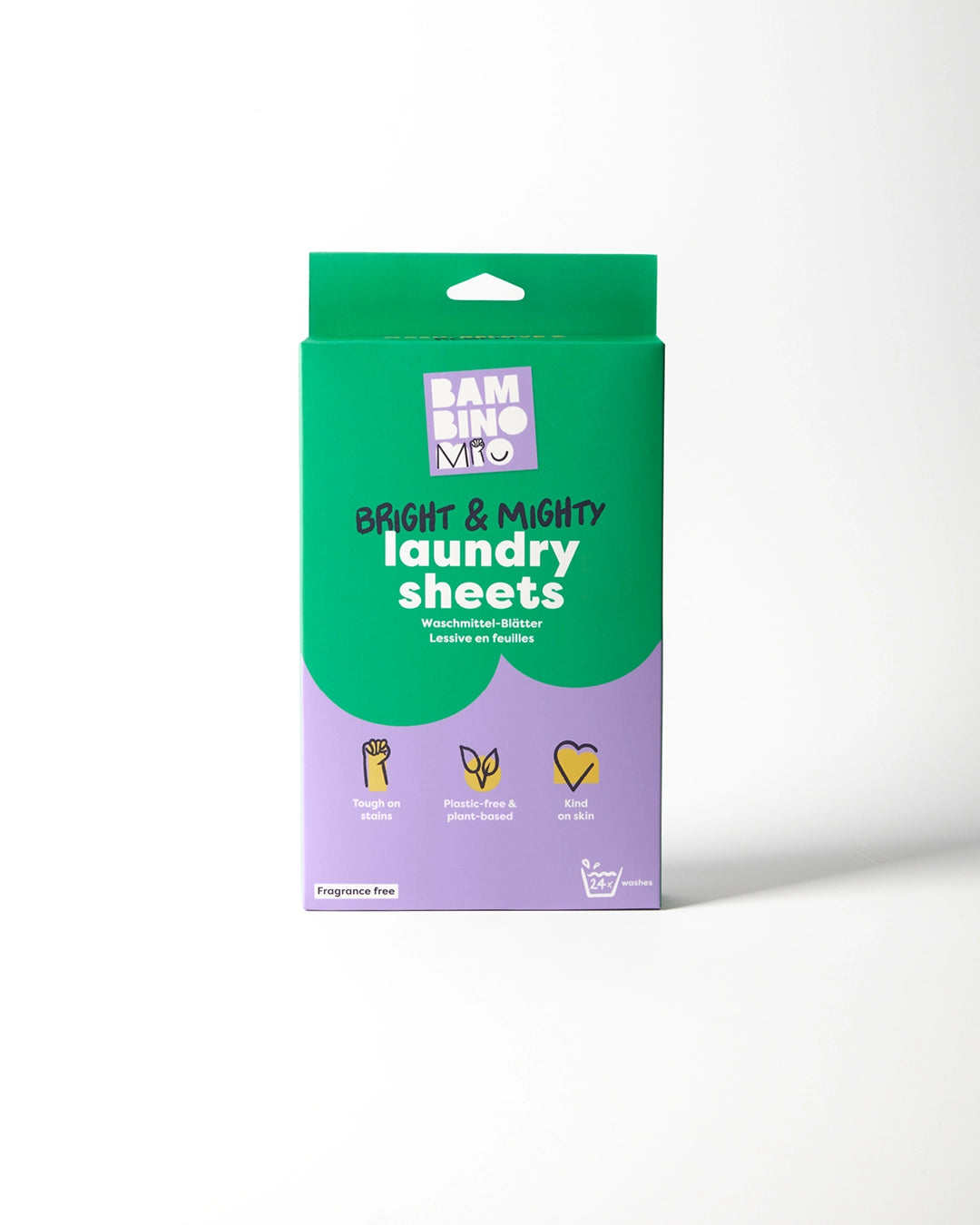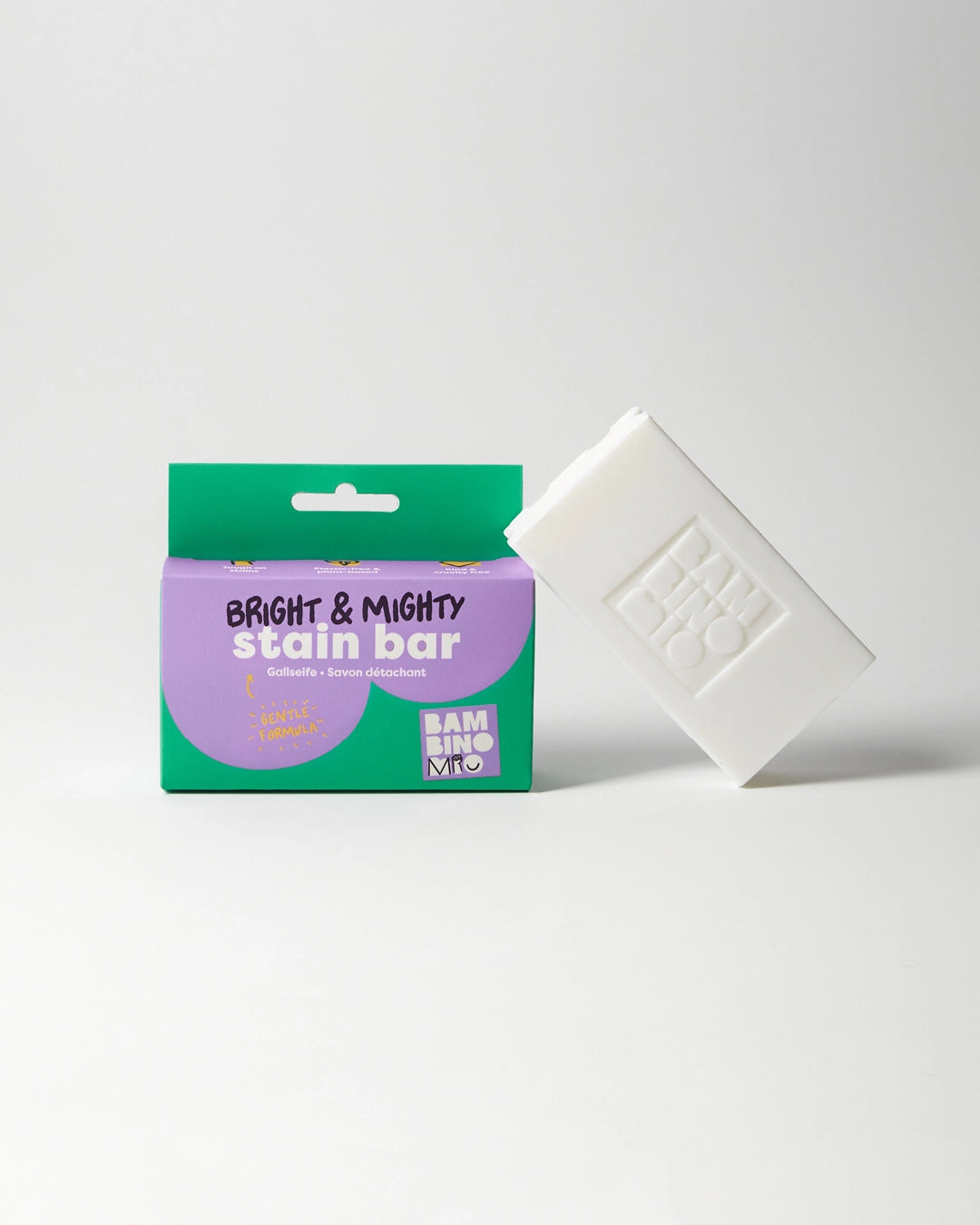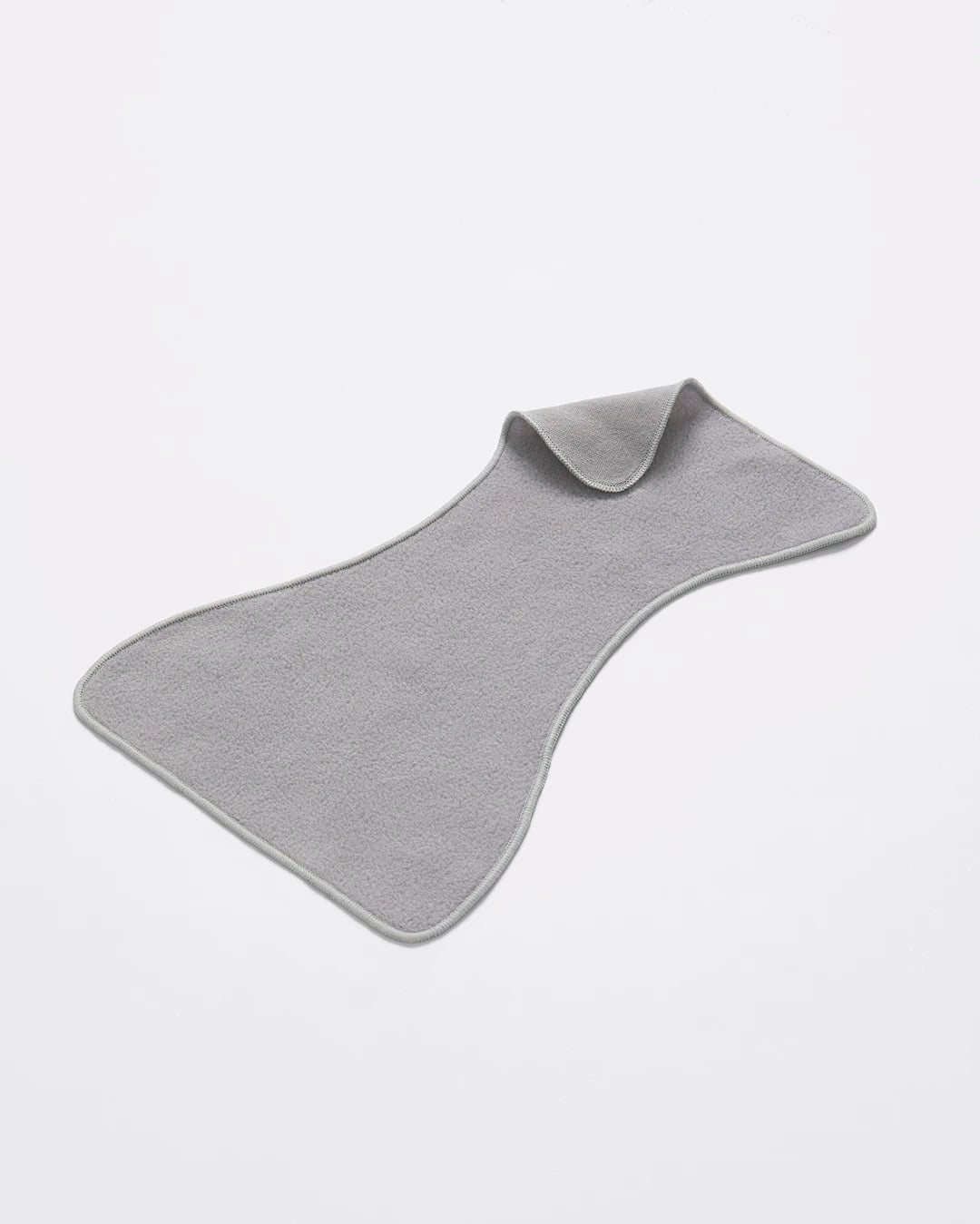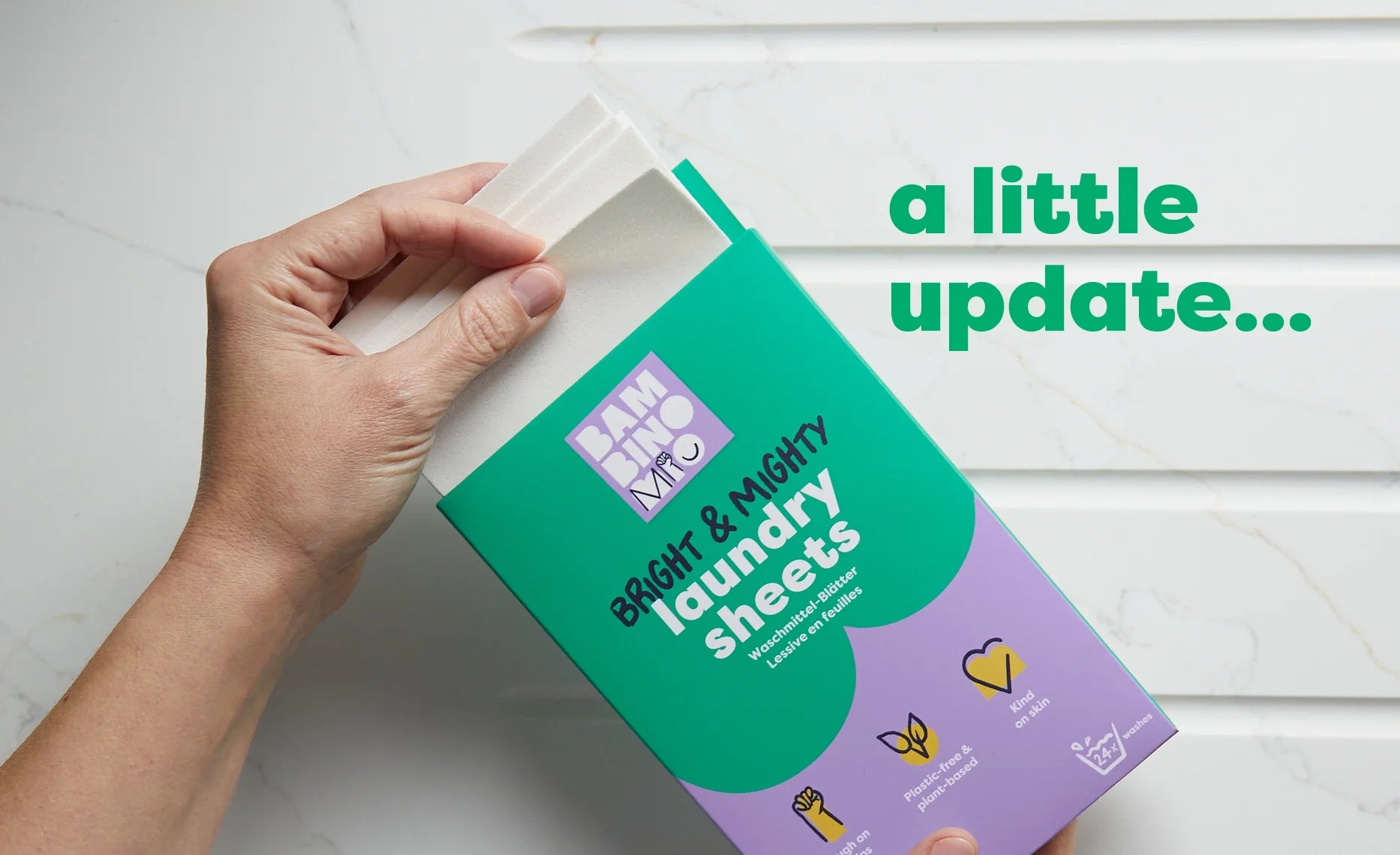Week 41 of Pregnancy | How Big is Your Baby at 41 Weeks?
Share Options
- Bambino Mio
- 20 / 07 / 2023

Inside this Article:
- At 41 weeks your baby is still the size of a watermelon!
- Just try to relax
- Discuss your options with your midwife
- What happens in a membrane sweep?
- What happens if my membrane sweep doesn’t work?
- Things to consider if you’re offered an induction of labour
- What happens if I decide to wait for labour to start naturally?
- What will my baby look like if they’re overdue?
- Is there anything I can do to start labour naturally?
- Citations and References
You’re not just full term now, you’re approaching past term at week 41 and it’s only a matter of days (or even hours) until labour starts and you meet your baby!
At 41 weeks your baby is still the size of a watermelon!
If you’re wondering how big your baby is at 41 weeks of pregnancy, the answer is not much bigger than they were when you were 40 weeks pregnant, because they’re fully grown and developed now, ready to make an entrance. Your baby is still around 3,600g (8lbs) and 51cm (20.1in) in length from crown to heel.
Just try to relax
You’re not quite a week overdue yet, and it’s not at all unusual to go a week or so over your estimated due date so there’s no need to worry.
Although it’s hard and you’re really fed up with being pregnant now, you really do only have a few days or hours to go, so try to relax and make the most of your time.
Discuss your options with your midwife
You’ve already discussed with your midwife what to do if your pregnancy goes overdue. Your midwife probably suggested a membrane sweep (1) at some point during this week followed by an induction if the sweep didn’t work.
What happens in a membrane sweep?
If you’re overdue with your baby then your midwife will probably offer you a membrane sweep.
A membrane sweep, sometimes called a “stretch and sweep” involves an internal procedure during which your midwife or doctor moves a gloved finger around your cervix to separate the membranes of your amniotic sac from your cervix. This procedure can stimulate the production of prostaglandin hormones which can start off contractions (2).
If a membrane sweep is successful, you could go into labour within 24 to 48 hours, although you might need a second sweep to get things moving. This procedure doesn’t work for everyone.
What happens if my membrane sweep doesn’t work?
You may need an induction of labour (3).
Around 20% of births are induced and they’re induced by drugs which supply artificial versions of the hormones which start labour off.
A drug called prostaglandin is introduced into your vagina - either as a gel or as a tablet - and this drug opens the cervix and starts contractions off.
Sometimes the prostaglandins may be delivered via a pessary, which releases the drugs over 24 hours to soften and open your cervix.
Once you’re in established labour you might need to have your waters broken if they don’t break naturally. Your antenatal team might also offer you a drip containing syntocinon (4) - an artificial version of oxytocin - to speed up your contractions.
Things to consider if you’re offered an induction of labour
You don’t have to accept an induction of labour if your baby is overdue, but you need to think about:
- Any medical reasons which make it important for your baby to be born sooner rather than later
- Having an induction might mean you avoid a Caesarean section if you can start labour and have a vaginal delivery
- An induction can be more painful than a spontaneous (when your labour starts naturally) delivery and you might end up with an assisted delivery with forceps or a vacuum device called a ventouse (5)
- After 40 weeks of pregnancy the volume of your amniotic fluid starts to decrease (6)
You need to weigh up these factors and remember that you, your partner and your antenatal team want your baby to be born safely and with as few risks as possible.
What happens if I decide to wait for labour to start naturally?
Once you get to 42 weeks of pregnancy, there’s a small chance that your placenta and umbilical cord might become less efficient (7), which can reduce the amount of oxygen and nutrients getting to your baby.
This can put your baby in distress and elevate the risk of your baby inhaling meconium or other complications (8). You might also face a longer and more difficult labour if you’re very overdue, so it may be better for you and your baby to be “sent” into labour before it starts naturally.
Your risk of stillbirth increases slightly (9) as well, so your antenatal team will want to monitor you closely to make sure your baby's still ok.
What will my baby look like if they’re overdue?
At 41 or 42 weeks of pregnancy your baby is somewhere between 3.5kg and 4kg and isn’t likely to grow any further. They’re developed enough - and have enough skills and fat - to survive outside the womb without any special assistance.
However, overdue babies tend to have red skin that looks dry (10) and is peeling a little. This is due to the fact that their vernix caseosa has largely worn away and the loss of this greasy layer exposes their skin to your amniotic fluid.
This might look alarming, but this layer of dry skin will rub away over a few days after birth so there’s no need to do anything.
You might also notice that your overdue baby has long fingernails. Their nails and hair will carry on growing during the overdue period so your baby might arrive with long, parchment-like fingernails.
Is there anything I can do to start labour naturally?
Probably not. All you can do is encourage a process which is already going on. Of course, if your friends all swear by having a curry with a side order of pineapple (11), then go for it - it’s fun and passes the time.
Some people recommend having sex to kick start labour (12) and while the jury’s out on the effectiveness of this method, it’ll certainly help to take your mind off the fact that you’re overdue and uncomfortable!
If you are overdue and you’re waiting for labour to begin, try to see this time as a bonus period and use it to make some last-minute preparations. You could:
- Do some deep cleaning, as long as it doesn’t involve ladders or machinery
- Give your reusable nappy bundle a pre wash or two to increase its absorbency
- Practise your breathing exercises
- Make another batch of stew for the freezer
- Check over your hospital bag to make sure it has everything you and your baby need
- Go for some walks (not too far from home) to keep mobile and occupied - you never know, this could speed things along a bit
- Watch that boxset you’ve been meaning to catch up on
Citations and References
(1) National Health Service (NHS). ‘Labour and Birth. Membrane Sweep.’ 2023. Web. www.nbt.nhs.uk/maternity-services/labour-birth/membrane-sweep
(2) Cleveland Clinic. ‘Prostaglandins.’ 2022. Web. my.clevelandclinic.org/health/articles/24411-prostaglandins.
(3) National Health Service (NHS). ‘Induction of Labour.’ 2020. Web. https://www.nhs.uk/pregnancy/labour-and-birth/signs-of-labour/inducing-labour
(4) National Health Service (NHS). ‘What Happens in Labour and Birth. The Stages of Labour and Birth.’ 2023. Web. www.nhs.uk/pregnancy/labour-and-birth/what-happens/the-stages-of-labour-and-birth
(5) National Health Service (NHS). ‘What Happens in Labour and Birth. Forceps or Vacuum Delivery.’ 2023. Web. www.nhs.uk/pregnancy/labour-and-birth/what-happens/forceps-or-vacuum-delivery
(6) National Institutes of Health (NIH). National Library of Medicine. ‘Oligohydramnios.’ 2022. pubmed.ncbi.nlm.nih.gov/32965997
(7) British Medical Journal (BMJ). ‘Aging of the Placenta.’ 1997. Web. fn.bmj.com/content/77/3/F171
(8) National Institutes of Health (NIH). National Library of Medicine. ‘The Risk of Meconium Aspiration Syndrome (MAS) Increases with Gestational Age at Term.’ 2020. Web. pubmed.ncbi.nlm.nih.gov/32233692
(9) National Health Service (NHS). ‘28 to 40+ Weeks Pregnant. You and Your baby at 42 Weeks Pregnant.’ 2021. Web. www.nhs.uk/pregnancy/week-by-week/28-to-40-plus/42-weeks
(10) National Health Service (NHS). ‘After the Birth. Your Newborn Baby.’ 2021. Web. www.nhs.uk/pregnancy/labour-and-birth/after-the-birth/getting-to-know-your-newborn
(11) Healthline. ‘I’m Ready to Have this Baby! Can Eating Pineapple Induce Labor.’ 2020. Web. www.healthline.com/health/pregnancy/pineapple-to-induce-labor
(12) Healthline. ‘Get it On and Get it… Out? Can having Sex Induce Labor?’ 2020. Web. www.healthline.com/health/pregnancy/sex-to-induce-labor#what-the-research-says
Pregnancy by Week, What to Expect





